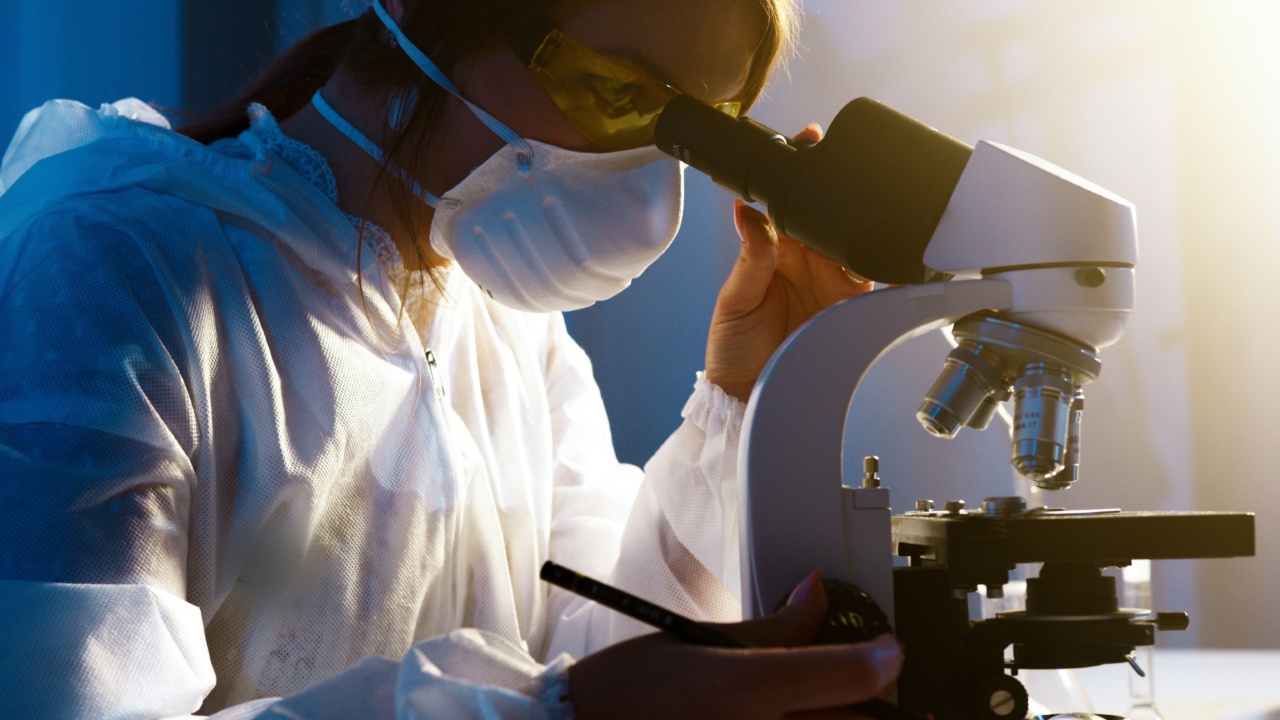Acupuncture is an ancient Chinese healing practice that has been used for thousands of years to address various health issues. This traditional therapy involves the insertion of thin needles into specific points on the body, known as acupuncture points.
Each acupuncture point is associated with a different organ or system in the body, and the stimulation of these points can help diagnose and treat various health conditions. In this article, we will explore how acupuncture points can be used to identify common health issues.
The Concept of Acupuncture Points
In acupuncture, it is believed that the human body has a network of energy channels called meridians, through which Qi (life force energy) flows. Acupuncture points are specific locations along these meridians where Qi can be accessed and influenced.
There are hundreds of acupuncture points on the body, each with its own unique therapeutic properties.
Identifying Health Issues through Acupuncture Points
Acupuncture points can provide valuable insights into a person’s overall health and help identify specific health issues.
Traditional Chinese Medicine practitioners are trained to examine these points and look for signs of imbalance, blockages, or disruptions in the flow of Qi. By observing changes in the appearance, sensitivity, or energy flow of these points, practitioners can determine the underlying health issue.
Common Health Issues and Corresponding Acupuncture Points
Here are some common health issues that can be identified through specific acupuncture points:.
1. Digestive Issues
Acupuncture points such as Stomach 36 (ST-36) and Large Intestine 4 (LI-4) are frequently used to address digestive issues like indigestion, bloating, and constipation.
Changes in these points, such as tenderness or an excessively hot or cold sensation, can indicate imbalances in the digestive system.
2. Pain and Inflammation
Acupuncture points like Gallbladder 34 (GB-34) and Bladder 40 (BL-40) are commonly used to relieve pain and inflammation. These points can become tender or have a different texture when there is an underlying inflammatory condition.
3. Stress and Anxiety
Emotional imbalances can be observed through acupuncture points such as Pericardium 6 (PC-6) and Heart 7 (HT-7). These points may feel more sensitive or present other changes when an individual is experiencing stress, anxiety, or emotional distress.
4. Respiratory Issues
Acupuncture points like Lung 7 (LU-7) and Conception Vessel 17 (CV-17) are often used to address respiratory issues such as asthma, cough, or sinus congestion.
Abnormalities in these points, such as increased redness or changes in sensitivity, can suggest respiratory imbalances.
5. Sleep Disorders
Acupuncture points like Urinary Bladder 62 (UB-62) and Kidney 3 (KD-3) are commonly used to promote better sleep and address sleep disorders.
Changes in these points, such as excessive heat or sensitivity, can indicate sleep-related imbalances or disturbances.
6. Hormonal Imbalances
Acupuncture points such as Spleen 6 (SP-6) and Liver 3 (LV-3) are frequently employed to address hormonal imbalances, menstrual irregularities, and fertility issues.
These points may exhibit changes, such as tenderness or discoloration, when there are imbalances in the corresponding systems.
7. Headaches and Migraines
Acupuncture points like Gallbladder 20 (GB-20) and Large Intestine 11 (LI-11) are often used in the treatment of headaches and migraines.
Changes in these points, such as heightened sensitivity or altered texture, can indicate issues related to headaches and migraines.
8. Musculoskeletal Disorders
Acupuncture points such as Ashi points (localized tender points) and Governing Vessel 14 (GV-14) are commonly used to address musculoskeletal disorders like arthritis, back pain, or muscle tension.
These points may exhibit changes in tenderness, texture, or energy flow related to the affected area.
9. Skin Conditions
Acupuncture points such as Large Intestine 11 (LI-11) and Spleen 10 (SP-10) can be employed for the treatment of various skin conditions. Changes in these points, such as excessive heat or redness, can indicate imbalances related to skin disorders.
10. Fatigue and Low Energy
Acupuncture points like Stomach 36 (ST-36) and Kidney 7 (KD-7) are often used to address fatigue and low energy levels.
These points may exhibit changes, such as decreased vitality or altered energy flow, when a person is experiencing low energy issues.
Conclusion
Acupuncture points serve as windows into the body’s overall health and can help identify common health issues.
By observing changes in these points, traditional Chinese Medicine practitioners can gain valuable insights into the imbalances or disruptions within various systems. Identifying health issues through acupuncture points allows practitioners to develop individualized treatment plans that restore balance and promote overall well-being.






























